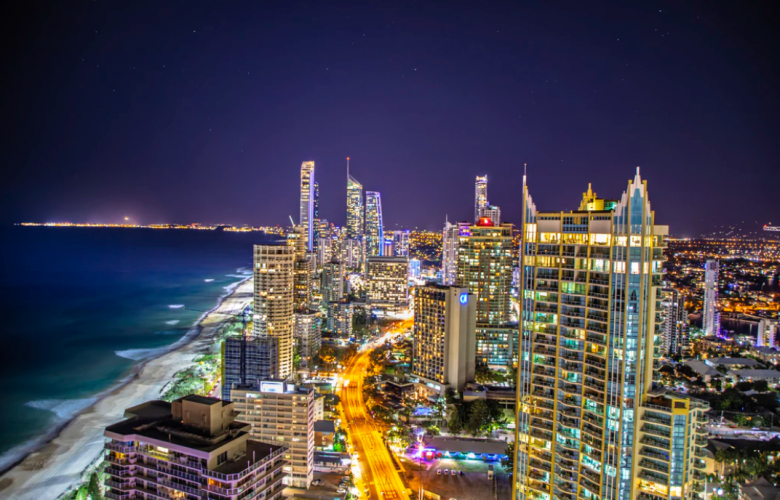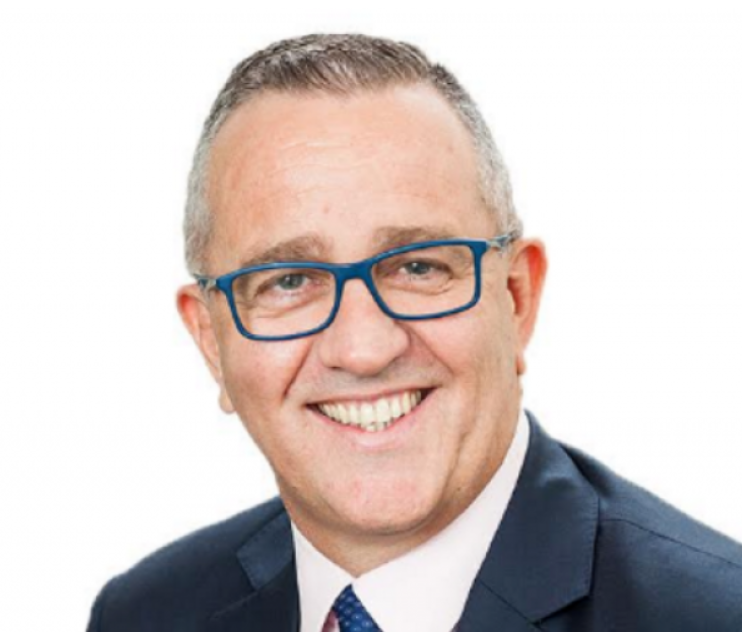Gold Coast shines as Australia's top hotel market for 2018 - CBRE Hotels report
Contact
Gold Coast shines as Australia's top hotel market for 2018 - CBRE Hotels report
According to CBRE’s Q4, 2018 Hotel MarketView report, the Gold Coast continues to ride a wave of growth following the 2018 Commonwealth Games, with the coastal city emerging as Australia’s best performing hotel market over the past 12 months.
That was one of the key findings of CBRE’s Q4, 2018 Hotel MarketView report, which highlighted the continued economic flow-on benefits of the international sporting event, with ADR (average daily rates) lifting 7.6% during the year to $202 per night.
RevPAR grew by 9.4% on the back of 1.7% growth in occupancy, while international visitation to the Gold Coast has remained elevated since the Commonwealth Games, posting 4% growth for the year.
CBRE Senior Research Manager, Danny Lee, said the Commonwealth Games had elevated the profile of the Gold Coast, particularly on the international tourism stage.
“The 2018 Commonwealth Games provided a welcome shot in the arm for the Gold Coast’s tourism industry, with increased exposure to offshore markets driving up international visitation to the region by 4% for the year,” Mr Lee said.
“China, New Zealand and Japan accounted for 55% of hotel visits during the period, while New South Wales, Queensland and Victoria took the lion’s share of domestic tourism at 81% of hotel stays.”
Despite increasing tourism to the Gold Coast, however, an increasing hotel supply pipeline will hinder growth in 2019. The construction of more than 900 rooms is earmarked for completion over the next three years, with a lack of product diversification creating a more competitive environment for hoteliers.
See also: CBRE release their 2019 hotel market outlook research report
The report highlights Canberra was also a standout performer in 2018, with RevPAR increasing 4.4% off the back of 2.4% gains in occupancy and 2% in ADR.
“Corporate travel and domestic travelers visiting friends and relatives continue to drive growth in visitors to Canberra, with China the US and New Zealand the dominant overseas visitors and New South Wales, Victoria and Queensland accounting for 90% of domestic visitation,” Mr Lee said.
Click here to view and download CBRE’s Q4, 2018 Hotel MarketView report.
Rising supply over the next three years will impede further growth however, with the expectation of 1,300 new rooms posing an oversupply risk.
On the transaction front, the final quarter of 2018 saw a surge in deal volume, with $600m of hotels changing hands nationally – accounting for a third of the year’s total sale pool.
Offshore investors accounted for 42% of total sales in 2018, with south east Asia investors particularly active during the period.
CBRE’s Wayne Bunz said investors would continue to view Brisbane as their number one destination for hotel investment in Australia.
CBRE Hotel National Director, Wayne Bunz
“Brisbane – and Queensland more broadly – now has some of the best luxury hotel brands in Australia. In Brisbane, the luxury gap has been filled by a number of new openings this year – many of which represent true 5-star offerings not previously seen in Australia,” Mr Bunz said.
“With a softer Australia dollar, Brisbane’s newest stable of hotels will be seen as good value for money, attracting the interest of a growing pool of offshore investors.”
Mr Bunz said locations with substantial oversupply in residential stock would continue to pose a threat to the hotel market given the potential for these to be tipped into the overnight letting pool or AIRBNB.
“There has been some evidence of this in Melbourne recently and common on the Gold Coast over the years. While we expect occupancy in Melbourne will be sustainable, there may be pressure on rates because of this. This will lead to an increase in buying opportunities in Melbourne over the next two – three years,” Mr Bunz said.
Click here to view and download CBRE’s Q4, 2018 Hotel MarketView report.
See also:
International hotel brand development opportunity Gold Coast
Australian hotel sales total $1.8 billion in 2018 - Colliers International Report









